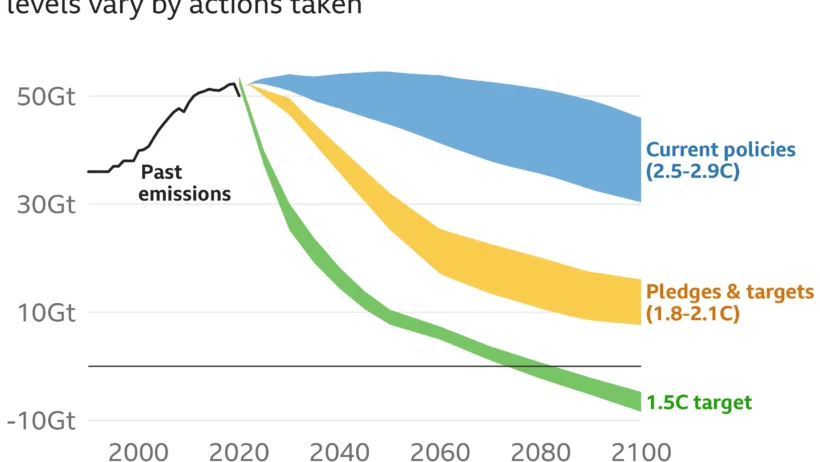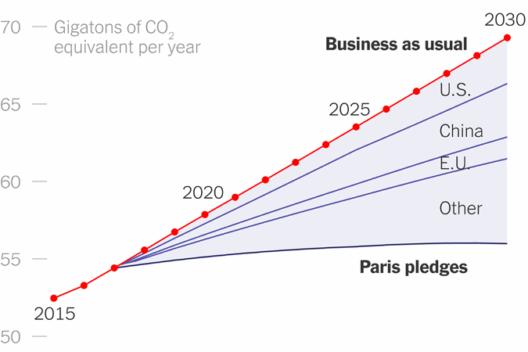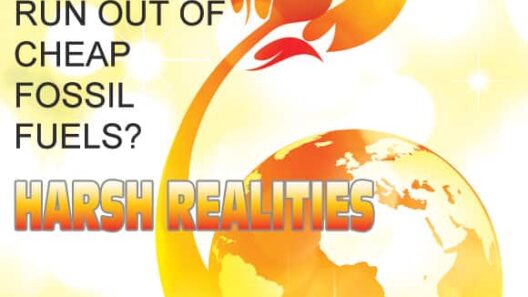Fracking, or hydraulic fracturing, has burgeoned as a contentious method for extracting natural gas and oil from deep underground rock formations. This technique involves injecting a high-pressure fluid mixture—comprised of water, sand, and various chemicals—into these geological formations to create fractures that release fossil fuels. While proponents of fracking herald it as a solution to energy independence and economic growth, the less visible consequences of this method pose significant threats to global warming and environmental integrity.
The fracking process is notorious not only for the immediate extraction of fossil fuels but also for its extensive carbon footprint. One of the principal environmental concerns is the methane emissions associated with natural gas extraction. Methane, a potent greenhouse gas, poses a formidable challenge in the climate change narrative. It is estimated that methane has a global warming potential many times greater than carbon dioxide over a 20-year period. Consequently, even minor leaks during the fracking process can significantly exacerbate global warming. The infrastructure necessary for fracking operations—wells, pipelines, and processing plants—often presents numerous opportunities for methane leaks, which are difficult to monitor and control.
Moreover, the water used in hydraulic fracturing is not merely a passive ingredient; its extraction and disposal create a chain of environmental repercussions. The process typically requires millions of gallons of water, leading to localized water scarcity, particularly in arid regions. The extraction process affects aquifers and rivers, with potential ramifications for local ecosystems and biodiversity. Further complicating the issue are concerns regarding the chemical additives in the fracking fluid. These chemicals, which can include toxic substances such as benzene and formaldehyde, pose risks to both environmental and human health. When wastewater is improperly disposed of, these hazardous materials can leach into groundwater supplies, consequently contaminating potable water sources.
Another unintended consequence of fracking is its contribution to habitat disruption. The establishment of fracking sites often necessitates extensive land development, leading to deforestation and fragmentation of natural habitats. This not only threatens local wildlife populations but also manifests in a reduction in biodiversity. The construction of roads and facilities often results in increased human presence in previously undisturbed areas, further exacerbating the stress on local ecosystems. Wildlife becomes more susceptible to hunting, pollution, and habitat loss, creating a cascade of ecological consequences that extend far beyond the immediate vicinity of a fracking site.
Fracking also has implications for climate policies and international commitments to reduce greenhouse gas emissions. The natural gas extracted through fracking is frequently touted as a “bridge fuel,” seen as a cleaner alternative to coal. However, as reliance on fracked gas increases, the necessary transition to renewable energy sources may be undermined. The continued investment in fossil fuel infrastructure, buttressed by the promise of fracking, diverts attention and resources away from sustainable energy solutions that are critical for long-term climate stability.
The broader societal impacts of fracking cannot be overlooked. Communities near fracking operations often experience detrimental health effects linked to air and water pollution. Increased incidences of respiratory ailments, neurological disorders, and other health issues have been reported, raising concerns about the cumulative health risks faced by residents in these areas. Vulnerable populations, often in economically disadvantaged regions, bear the brunt of these adversities. Social equity considerations highlight the urgent need for transparent environmental assessments and effective regulatory frameworks to protect at-risk communities from the disproportionate impacts of fracking.
As climate change escalates, the urgency for decisive action grows ever more pressing. Activists and scientists are calling for rigorous, independent research to fully assess the environmental and health impacts of fracking. Comprehensive data collection and reporting can illuminate the extent of methane leakage and other emissions associated with this extraction method. Such transparency will enable policymakers to make informed decisions about energy strategies that prioritize ecological stewardship and public health.
In light of these multifaceted challenges, various countries are beginning to reconsider their reliance on hydraulic fracturing as an energy solution. Some regions have imposed moratoriums or outright bans on fracking due to its damaging effects. Environmental organizations argue for a shift toward renewable energy solutions, urging societies to invest in sustainable practices like solar, wind, and geothermal energy. Transitioning to renewables is not merely an environmental imperative; it is an opportunity for economic rejuvenation in a rapidly changing industrial landscape.
In conclusion, the footprint of fracking extends far beyond the immediate extraction of fossil fuels. It impinges upon health, human rights, and ecological integrity, exacerbating the global warming crisis. As society grapples with the implications of fossil fuel reliance, a critical examination of fracking’s long-term impacts is essential. For a sustainable future, it is imperative to prioritize renewable energy sources, investing in technologies that align with global efforts to mitigate climate change. The time for action is now, lest the unseen consequences of fracking continue to sour the prospects of a livable planet for generations to come.








